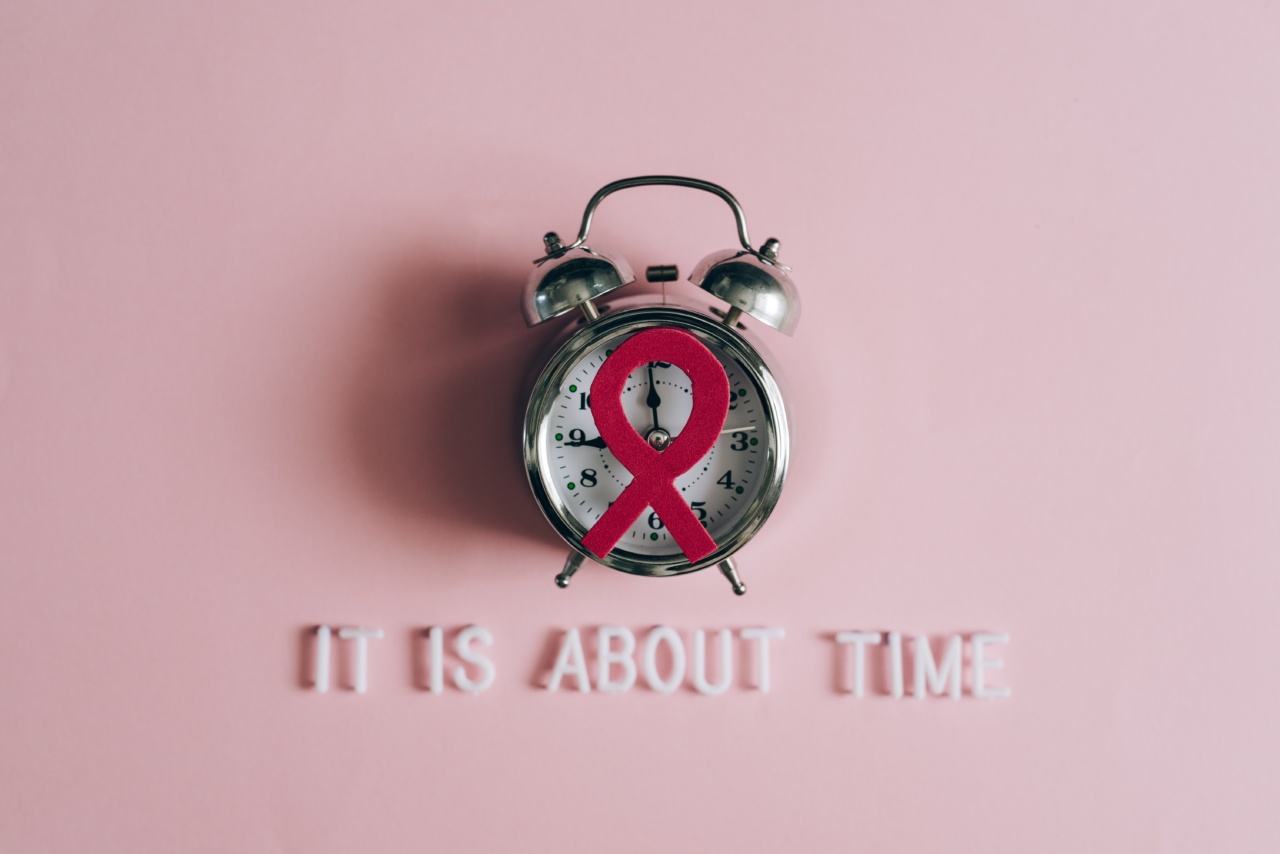Pregnancy is an exciting and life-changing journey for any woman. However, if you are living with HIV, it can bring about additional concerns and considerations.
In this article, we will explore the facts about HIV and pregnancy, including how HIV can affect pregnancy, treatment options, and steps you can take to have a healthy pregnancy while living with HIV.
What is HIV?
HIV, which stands for Human Immunodeficiency Virus, is a virus that attacks the immune system. It primarily targets CD4 cells, a type of white blood cell that plays a crucial role in protecting the body from infections and diseases.
Without treatment, HIV can lead to the development of Acquired Immunodeficiency Syndrome (AIDS), which severely weakens the immune system.
HIV Transmission
HIV can be transmitted through contact with certain bodily fluids, such as blood, semen, vaginal fluids, and breast milk.
The most common modes of HIV transmission include unprotected sexual intercourse with an infected person, sharing needles or other drug injection equipment, and vertical transmission from an HIV-positive mother to her child during pregnancy, childbirth, or breastfeeding.
HIV and Pregnancy
One of the primary concerns for women living with HIV who desire to become pregnant is the risk of transmitting the virus to their child.
However, with proper medical care and adherence to recommended guidelines, the risk of mother-to-child transmission can be significantly reduced.
Prenatal Care and Treatment
Pregnant women living with HIV should seek prenatal care as soon as possible to ensure the best possible outcomes for both mother and child.
Prenatal care typically involves regular visits to a healthcare provider who specializes in HIV care during pregnancy.
One of the crucial aspects of prenatal care for HIV-positive women is receiving antiretroviral therapy (ART). ART is a combination of medications that help suppress the virus and reduce the risk of transmission.
These medications are safe to use during pregnancy and have been shown to greatly reduce the risk of infecting the baby.
Preventing Mother-to-Child Transmission
To further minimize the risk of mother-to-child transmission, healthcare providers may recommend elective cesarean delivery (C-section) for women with high viral loads, which is the amount of HIV in their blood.
A C-section can help prevent the baby from being exposed to the virus during vaginal childbirth.
Breastfeeding also poses a risk of HIV transmission, and it is generally recommended that HIV-positive women avoid breastfeeding their infants.
In regions where safe alternatives to breastfeeding are inaccessible, healthcare providers may recommend exclusive breastfeeding combined with antiretroviral medication for both the mother and the baby to reduce the risk of transmission.
Supportive Care and Counseling
Living with HIV during pregnancy can bring about emotional and psychological challenges. It is essential for women to have access to supportive care, including counseling services, to address any concerns and fears they may have.
Support groups and social networks can provide additional resources and reassurance during this time.
Preventing HIV Transmission to Partners
During pregnancy, it is important for women living with HIV to take precautions to prevent transmitting the virus to their partners.
Consistently using condoms during sexual intercourse and ensuring their partners are aware of their HIV status can help reduce the risk of transmission.
Planning a Healthy Pregnancy
For women living with HIV, careful planning and preparation are essential for a healthy pregnancy. Some key steps to take include:.
- Consulting with an experienced healthcare provider who specializes in HIV care during pregnancy.
- Receiving regular prenatal care and adhering to recommended antiretroviral treatment.
- Following lifestyle recommendations, such as maintaining a healthy diet, staying physically active, and avoiding alcohol, tobacco, and drugs.
- Seeking emotional and psychological support through counseling or support groups.
- Communicating openly with partners and taking necessary precautions to prevent transmission.
Conclusion
Living with HIV does not mean that you cannot have a healthy pregnancy and give birth to a healthy baby.
With appropriate medical care, adherence to treatment, and support from healthcare professionals, it is possible to minimize the risk of mother-to-child transmission significantly. By taking the necessary precautions and following recommended guidelines, women living with HIV can embark on a safe and fulfilling journey towards motherhood.





























